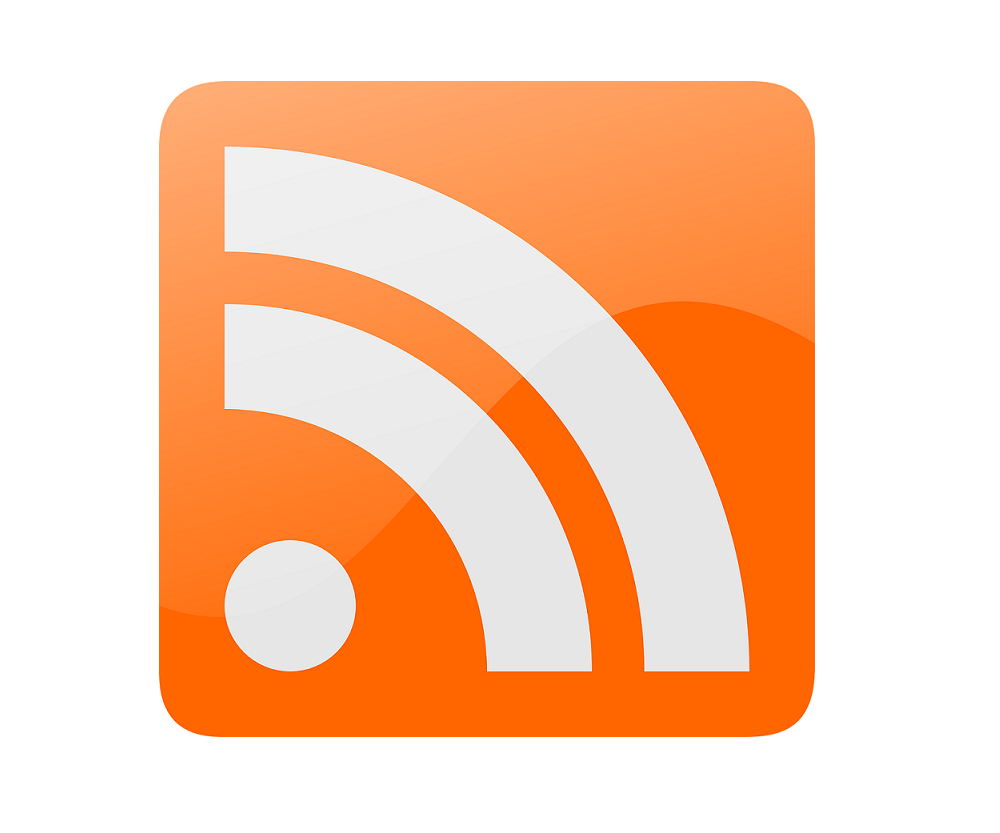

The first step is to choose an RSS reader. If you're using a browser that doesn't currently support RSS, there are a variety of RSS readers available on the web some are free to download and others are available for purchase. Some browsers, such as the current versions of Firefox and Safari have built in RSS readers.

It allows you to scan headlines from a number of news sources in a central location. What Is an RSS Reader?Īn RSS reader is a small software program that collects and displays RSS feeds. RSS is written in the Internet coding language known as XML (eXtensible Markup Language). Now the content you want can be delivered directly to you without cluttering your inbox with e-mail messages. It's an easy way for you to keep up with news and information that's important to you, and helps you avoid the conventional methods of browsing or searching for information on websites. RSS stands for Really Simple Syndication.
/what-is-an-rss-feed-4684568-28475de14de64c09b11d0961f534a5b8.png) Public Assistance Reporting Information System (PARIS). Office on Trafficking in Persons (OTIP). Office of Planning, Research & Evaluation (OPRE). Office of Legislative Affairs and Budget (OLAB). Office of Human Services Emergency Preparedness and Response (OHSEPR). Office of Family Violence and Prevention Services (OFVPS). Office of Child Support Enforcement (OCSE). Family and Youth Services Bureau (FYSB). Administration on Children, Youth, and Families (ACYF). Administration for Native Americans (ANA). Authors without associated live posts will not have a live author profile page.įor example, a blog author named John Smith writing for a blog hosted at would have this RSS feed URL: In the top left, click the Blog posts dropdown menu and select Authors. In the URL bar of the live page, copy the URL.įor example, the News tag of a blog hosted at would have an RSS feed URL of:. In the top left, click the Blog posts dropdown menu and select Tags. Copy the URL at the top of the page and add /rss.xml.įor example, a blog hosted at would have this RSS feed URL:. Hover over a listing page and click Details. In the top left, click the Blog posts dropdown menu and select Blog listing pages. In your HubSpot account, navigate to Marketing > Website > Blog. You can create an RSS feed URL using your blog's root URL. You can also add an RSS Listing module to your page with a feed for any blog, author, or topic.
Public Assistance Reporting Information System (PARIS). Office on Trafficking in Persons (OTIP). Office of Planning, Research & Evaluation (OPRE). Office of Legislative Affairs and Budget (OLAB). Office of Human Services Emergency Preparedness and Response (OHSEPR). Office of Family Violence and Prevention Services (OFVPS). Office of Child Support Enforcement (OCSE). Family and Youth Services Bureau (FYSB). Administration on Children, Youth, and Families (ACYF). Administration for Native Americans (ANA). Authors without associated live posts will not have a live author profile page.įor example, a blog author named John Smith writing for a blog hosted at would have this RSS feed URL: In the top left, click the Blog posts dropdown menu and select Authors. In the URL bar of the live page, copy the URL.įor example, the News tag of a blog hosted at would have an RSS feed URL of:. In the top left, click the Blog posts dropdown menu and select Tags. Copy the URL at the top of the page and add /rss.xml.įor example, a blog hosted at would have this RSS feed URL:. Hover over a listing page and click Details. In the top left, click the Blog posts dropdown menu and select Blog listing pages. In your HubSpot account, navigate to Marketing > Website > Blog. You can create an RSS feed URL using your blog's root URL. You can also add an RSS Listing module to your page with a feed for any blog, author, or topic. 
In HubSpot, you can generate an the RSS feed URL for a blog, blog tag, or blog author. RSS (Really Simple Syndication) feeds standardize web content listings into a universal XML format.




/what-is-an-rss-feed-4684568-28475de14de64c09b11d0961f534a5b8.png)



 0 kommentar(er)
0 kommentar(er)
